Tiny homes vs mobile homes: Are you thinking of buying a tiny home or a mobile home? What is the difference between the two, and which option is best for you?
In this article, we will break down exactly what these homes are and how they compare to each other. We will also discuss which of them would be the better choice when comparing tiny homes and mobile homes.
You may have heard of the tiny house movement and want to know more about it. Or, you might be considering purchasing a mobile home and wonder what they have to offer.
Either way, it’s important to understand the key differences between these two housing options so that you can choose what’s best for you and your family.
In the United States, the question of which type of home is better is often raised: tiny homes or mobile homes? I could spend an entire post discussing the relative merits of each option.
The fact is, a preference between tiny homes and mobile homes will ultimately come down to personal taste.
For some people, a mobile home is their dream home; for others, a tiny house would be more ideal. The only way to know for sure is to explore the differences between these two types of living quarters.
Tiny homes vs mobile homes
Before we go any further, let’s define what the two types of homes or houses actually mean or are! This article will help you understand which one is right for you.
What is a tiny house?
Tiny houses are small houses that are built on a trailer frame. They’re often less than 500 square feet (46.5 square meters) in size.
They can be moved easily and often don’t include any plumbing or electricity connections; you’ll need to rely on rainwater catchment, propane tanks, or other off-grid sources of power for everything from cooking to washing clothes.
If you’re looking for an affordable home, tiny houses can be a great option—eespecially if you want to live in one temporarily while building another, more permanent structure nearby.
If you’re interested in buying a tiny house and living in it permanently, it’s important to check local zoning laws first. Many areas have restrictions on how small a home can be before it needs to be considered a manufactured home rather than a regular house.
What is a mobile home?
A mobile home is a factory-built structure that’s built on a permanent chassis and can be easily moved to another location. It’s typically used as a permanent residence, although many types of mobile homes are designed to be moved frequently.
Many mobile homes are built as part of an RV park, while others are built as permanent residences in residential neighborhoods.
Mobile homes also come in different shapes and sizes, with some resembling traditional houses while others resemble trailers.
Read more articles: Tiny Homes You Can Pull With A Truck
Key takeaway points
- The differences between a tiny house and a mobile home
- Many tiny homes are mobile, but not all mobile homes are tiny.
- They may look similar, but there are many key differences between tiny houses and mobile homes.
- Tiny houses and mobile homes share some benefits, but they’re also very different.
- Tiny houses and mobile homes share some drawbacks, but they also have significant differences.
- Tiny houses have been in the spotlight for a few years now, but the history of mobile homes goes back further.
- What does the future hold for tiny houses and mobile homes?
- Both tiny houses and mobile homes offer unique advantages. Which is right for you?
The differences between a tiny house and a mobile home
Tiny homes are smaller than mobile homes. While the average tiny house is 814 square feet, the average size of a mobile home ranges from 1,000 to 2,300 square feet.
A tiny house is built on a trailer and can be moved with ease, while a mobile home is built on a foundation and cannot be moved without destroying it.
Tiny houses are meant to be used as permanent residences, whereas most people use their mobile homes as vacation homes or second residences that they visit only once or twice per year.
The reason for this difference is cost: it costs much more to build and maintain a tiny house than it does to build and maintain a mobile home because of all the extra labor involved in building something so small (and light).
out of solid materials like wood rather than using cheaper materials such as plastic sheeting or metal panels like those used in manufactured housing facilities.
Read more articles: Can Tiny Homes Withstand Hurricanes
Many tiny homes are mobile, but not all mobile homes are tiny.
A mobile home is a smaller house that can be transported. It has wheels, but it’s still considered a permanent residence. Many mobile homes are on wheels, but not all tiny houses are movable.
A tiny house is much smaller than a typical home in both size and price, which means it takes up less space wherever it goes.
However, don’t mistake the size of these two types of residences for their mobility—a small house doesn’t necessarily mean it’s movable, and vice versa.
Tiny homes are small, often less than 500 square feet, and can be moved from place to place. They’re popular among people who want to live with less stuff or who want to downsize after a divorce or loss of employment.
But not all mobile homes are tiny. The term “mobile home” refers to the structure itself and not its size. A mobile home is any structure built on a chassis and designed for transport on highways. In most cases, those structures don’t qualify as tiny houses.
Mobile homes come in two main types: single-wides and double-wides. These are usually 20 feet wide by 60 feet long and have two levels (a ground floor and a basement).
The smaller units usually have one front door, while the larger ones have two front doors so they can be accessed from both sides of the street when parked on a residential lot.
Single-wides typically cost less than $50,000 new, while double-wides cost about $60,000 to $70,000 new.
Read more articles: How Much Do Tiny Homes Weigh
They may look similar, but there are many key differences between tiny houses and mobile homes.
It’s true that they may look similar, but there are many key differences between tiny houses and mobile homes. Both are designed to be mobile. A tiny home is a small house built on wheels, while a mobile home is typically larger and doesn’t have wheels.
Tiny homes are more expensive than mobile homes because of their smaller size. Mobile homes come in different sizes and models but can also be customized for an additional cost if needed.
Mobile homes have kitchens and bathrooms, whereas tiny houses usually do not include these amenities in the design since they don’t need them as much because they’re meant to be used as temporary housing options.
When traveling or staying somewhere temporarily, such as occasionally renting out an RV park site while on vacation so you don’t have to pay hotel rates, No matter where you are, there are ways to save money and stay comfortable.
In an RV, it’s even easier to find affordable places to stay. We’ve compiled a list of the best RV parks in North America for those interested in taking a road trip or simply enjoying time away from home.
RV parks close to national parks
There are roughly 400 national parks across the US and Canada that offer camping opportunities through their official websites, which means there are plenty of great spots for RVs and other vehicles.
But not all national parks have campgrounds within their borders, so if that’s what you’re looking for, check out these state-run parks:
New York State Parks: These state-run parks offer everything from simple tent sites to full RV hookups at some locations. They include Adirondack Park and Catskill Park, which offer spectacular mountain views and beautiful trails throughout their forests.
Top pick
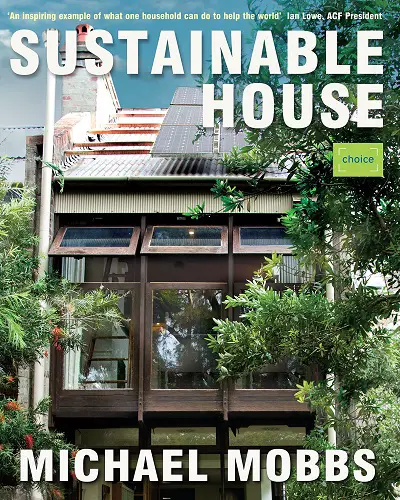
Editor’s choice
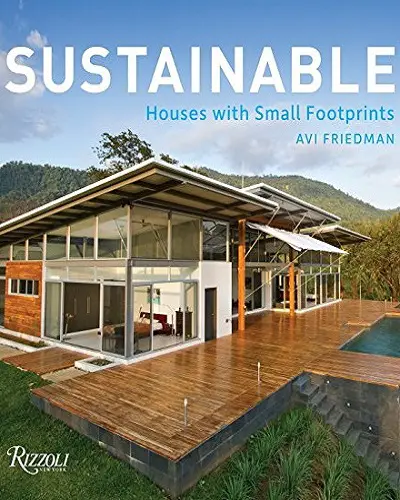
Best value
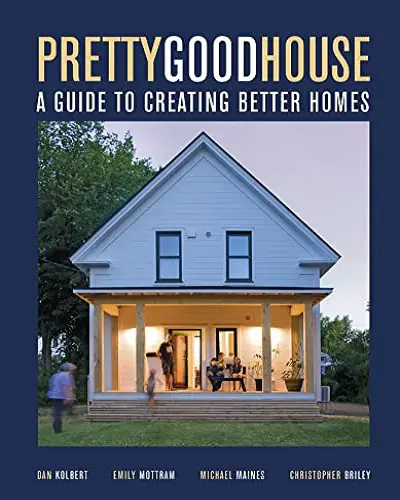
Tiny houses and mobile homes share some benefits, but they’re also very different.
Both tiny houses and mobile homes come with their own unique benefits. While you can save money on the cost of construction and purchase, you’ll also need to consider other expenses when considering a move to one of these types of dwellings.
In addition to being relatively inexpensive to build, buy, run, and maintain, tiny houses are also cheaper to move than mobile homes.
They are generally easier to park than their larger counterparts as well since they don’t require as much space for parking or an RV pad (or at least not as much space as an RV does).
The cost of insuring your tiny house will likely be lower than that of insuring a traditional home because there is less risk involved with owning something that’s smaller in size than what we normally think about when it comes to insurance companies covering our property.
But keep in mind that this could vary depending on where you live and how well covered your neighborhood is by local fire departments if anything were ever set ablaze during your stay there!
Read more articles: Tiny Homes Oregon
Tiny houses and mobile homes share some drawbacks, but they also have significant differences.
While tiny house and mobile home ownership have many similarities, there are also some key differences. These include the lack of regulations on tiny homes. While this allows for a greater amount of freedom and flexibility for the owner,
It also means that people are less likely to be held responsible for making sure these buildings are safe to live in and meet any standards for construction or quality control.
The cost of building a tiny home versus buying one already built Tiny houses range in price from $10,000 to $100,000, depending on size and features.
While purchasing an existing mobile home will usually be cheaper than building your own, it’s important to keep in mind that buying used has its limitations as well.
You may not know exactly what you’re getting until you get it home (or, worse yet, discover hidden problems after you’ve given up searching).
How easy it is to move between locations with either structure: if you want to travel frequently or stay close to friends who live in different areas than where you were built, having wheels could be very beneficial!
Top pick

Editor’s choice
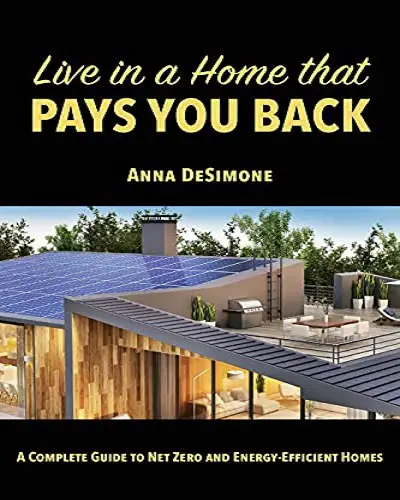
Best value

Tiny houses have been in the spotlight for a few years now, but the history of mobile homes goes back further.
The history of mobile homes dates back to World War II, when the U.S. military began using them for their soldiers. Mobile homes were first introduced in the 1950s.
And they were designed to provide temporary housing for military personnel who were stationed away from home. These mobile homes are often referred to as “trailers” or “park models.”
Tiny houses have been in the spotlight for more than a few years now, but the history of mobile homes goes back further—and it’s likely you’ll be seeing more of these houses in your neighborhood as well!
The first mobile home was built by the U.S. Department of Agriculture (USDA) in 1936 to provide housing for rural families who could not afford or did not want to live in a traditional home.
The USDA designed the homes to be easy to transport on top of trucks and moved them from place to place when they were no longer needed.
The idea quickly caught on, and other companies started building their own versions of mobile homes, which were used as military housing during World War II and later adapted for affordable housing in urban areas where land was scarce and real estate prices were too high for most people.
The first manufactured mobile home was built in 1939 by American Homestead Corp., which was later renamed Mobile Homes Incorporated (MHI).
MHI went on to become one of the biggest manufacturers of mobile homes in the United States. It closed in 2007 because of financial problems caused by the 2008 crash of the mortgage market.
Read more articles: Tiny Homes In California
What does the future hold for tiny houses and mobile homes?
It’s difficult to predict what the future holds for tiny houses and mobile homes. Tiny houses have recently come into their own as a popular alternative to traditional housing, but they have yet to reach mainstream acceptance.
Mobile homes are still popular in many parts of the country, but they have fallen out of favor over time due to rising costs and declining quality.
Both types of structures will likely continue to grow in popularity as more people seek out smaller living arrangements that are more affordable than traditional homes or apartments.
If you’re thinking about buying one of these structures for yourself or your family, you may want to consider which type would be best for your needs.
While both options offer affordability and flexibility within certain constraints (such as where it can be parked).
Tiny houses are often more flexible than mobile homes because they don’t need anchoring and can be moved around if necessary (for example, if there’s damage from flooding).
Both tiny houses and mobile homes offer unique advantages. Which is right for you?
Both tiny houses and mobile homes offer unique advantages. Which is right for you? Both are more affordable than a traditional home. While neither can compete with the price of an apartment building or single-family house,
They’re still cheaper than a conventional home built on a foundation. A tiny house can be purchased for as little as $20,000 (although it’s unlikely that any seller will let you purchase one for so little).
Mobile homes cost about 50 percent less than conventional houses because they’re already built on wheels (and thus don’t require foundations).
But there are still plenty of options from which to choose, depending on how much land you want and how much money you want to spend.
Plus, both allow homeowners access to tax deductions that aren’t available when renting out space in an apartment building or trailer park—so while they might be more expensive up front than living in an existing structure such as an RV park,
Whether it’s a primary residence with occasional guests or a rental unit, both will pay off in the long run if used as primary residences rather than just part-time work spaces like those found at most construction sites.
Where workers live during their shifts, if not before or after working hours, forces them to take unpaid days off because they cannot afford childcare costs.
This is entirely because someone else decided having kids was more important than paying us what we deserve, so now we have nothing left after paying bills except maybe gas money until payday rolls around.
We’ll be back next week, and hopefully by then we’ll have enough money to buy some groceries since none of them seem affordable anymore, thanks to Obama, Bush, and Clinton!
Read more articles: Tiny Homes For Sale Georgia
Top pick

Editor’s choice
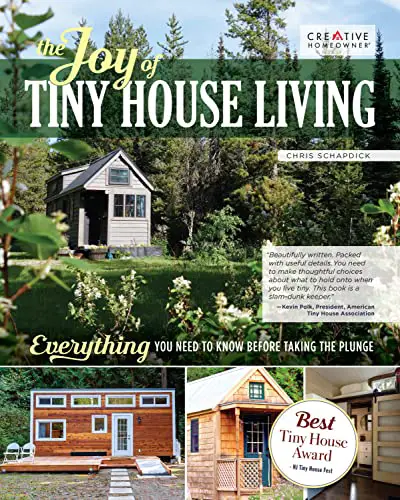
Best value
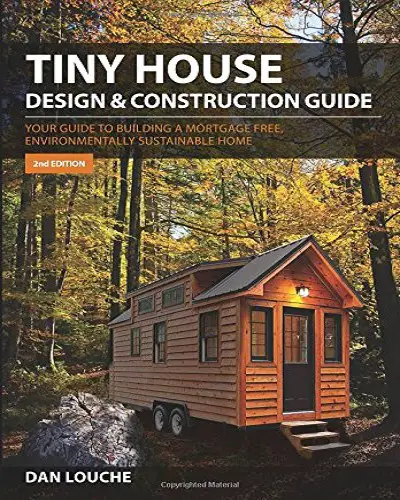
Conclusion
Tiny homes and mobile homes both offer unique advantages, but they’re also very different. Tiny houses are often seen as a choice of lifestyle, but mobile homes are a cheaper option for people who want to own their own home.
If you’re looking for an answer on whether or not to buy a tiny house or build your own mobile home, let us help you make the right decision.
With so many options available today, there’s no reason why you shouldn’t be able to find something that fits perfectly into your lifestyle!
As we’ve seen in this article, there are a number of ways in which tiny homes and mobile homes differ. But, despite these differences, they do have a lot in common too.
From the way that they are built to the purpose that they serve to the way that they are used, these two types of homes are surprisingly similar.
Mobile homes are not the same as tiny homes. One is standardized, manufactured, and built to code. The other is a self-built home that may or may not meet the building code.
If it does not meet building code, it is not legal to live there, and you could be ticketed or fined.
If you are considering buying a tiny home or building one yourself, talk with a local building inspector first to find out about any possible challenges along the way. They can save you a lot of time, money, and frustration in the long run.
Read more articles: Tiny Homes Texas


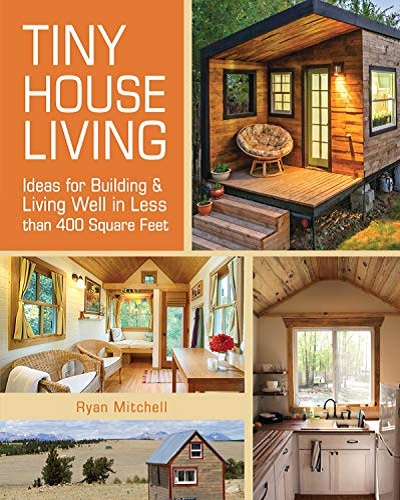
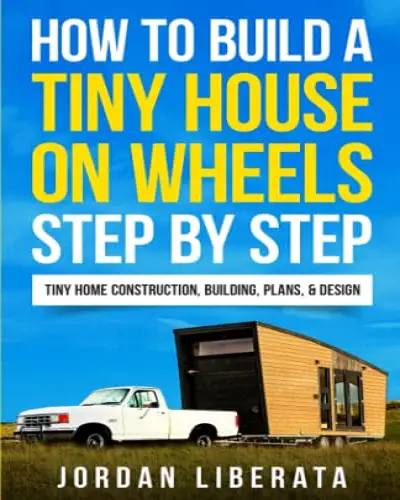
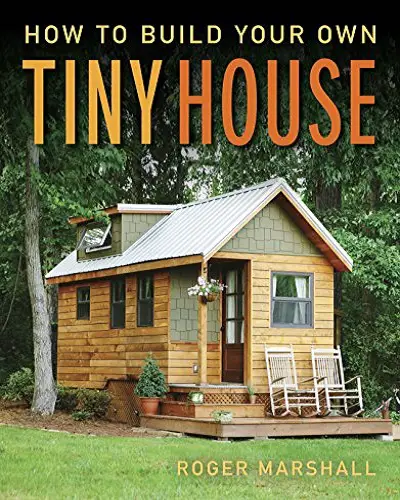
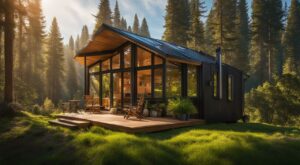
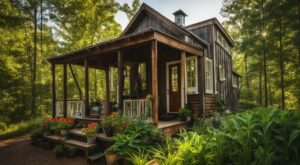
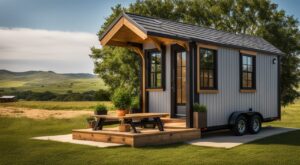
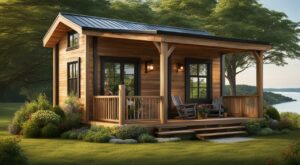
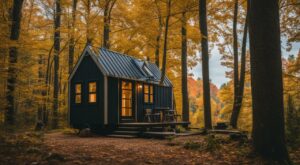

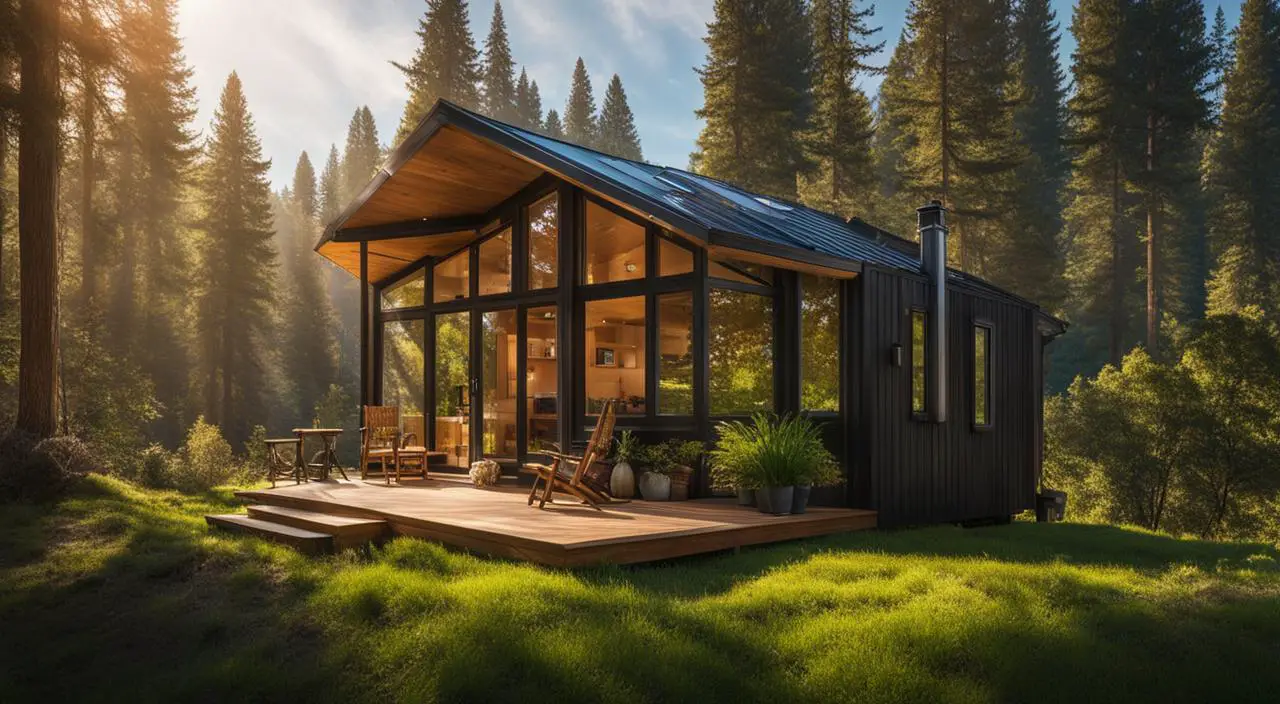
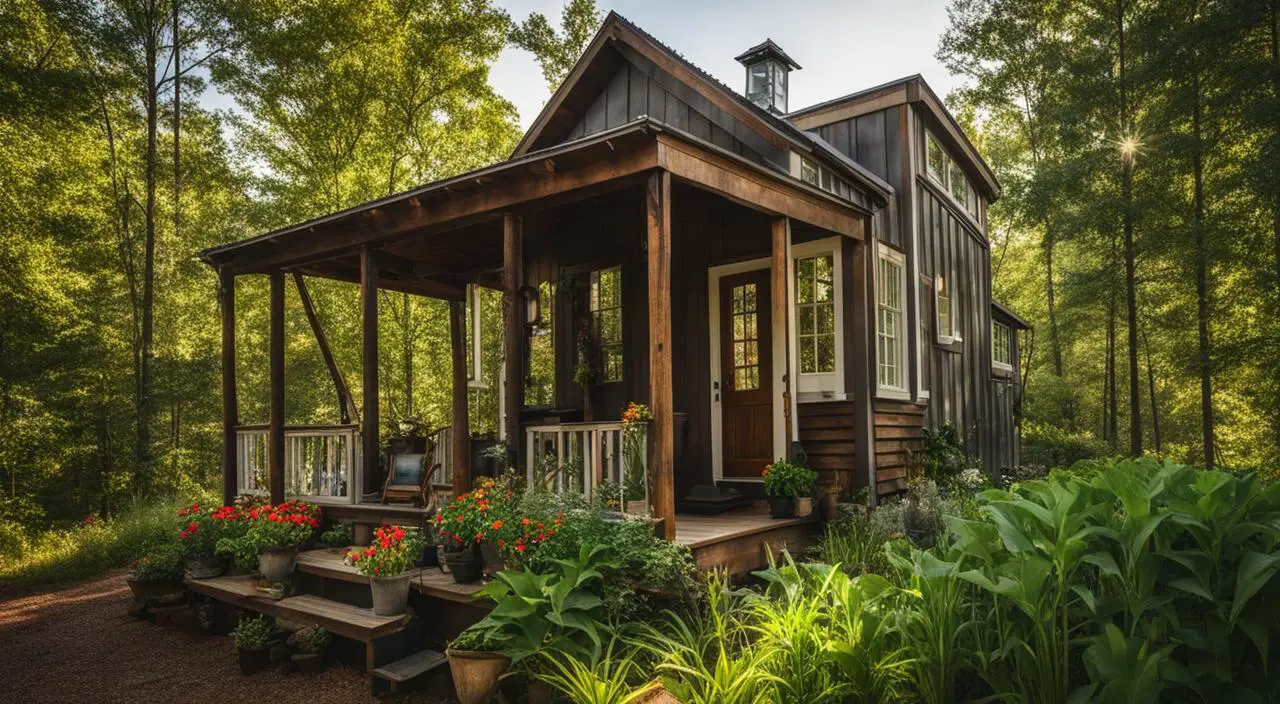
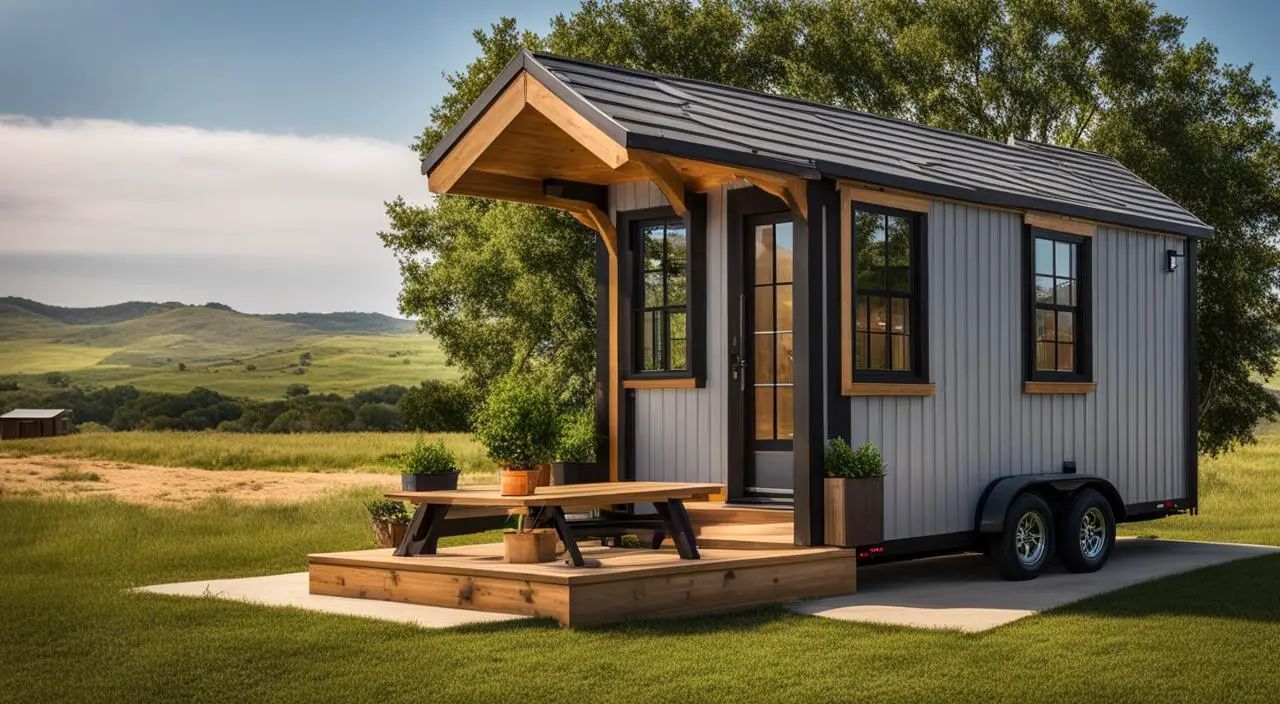
Leave a Reply